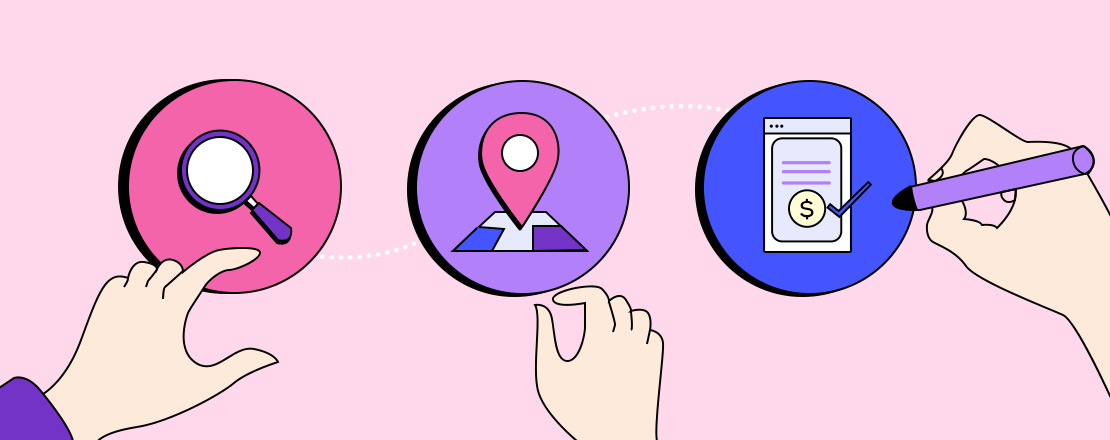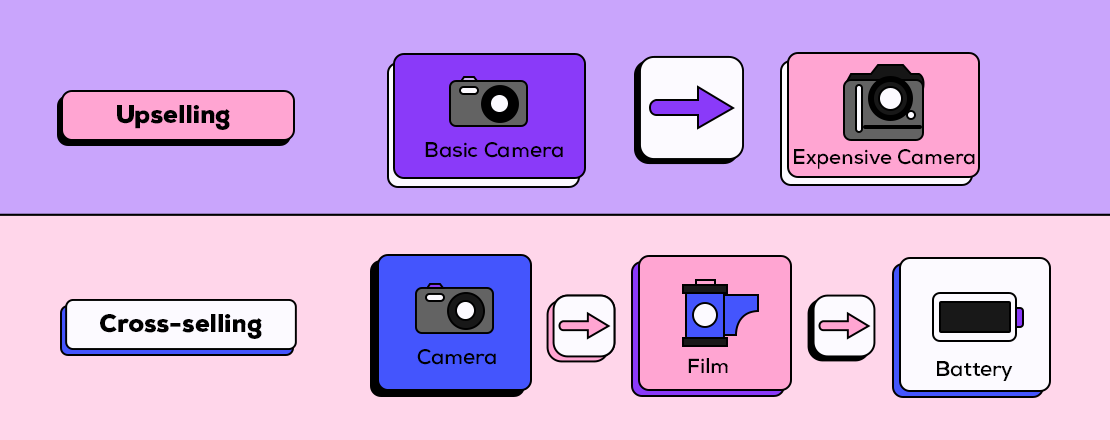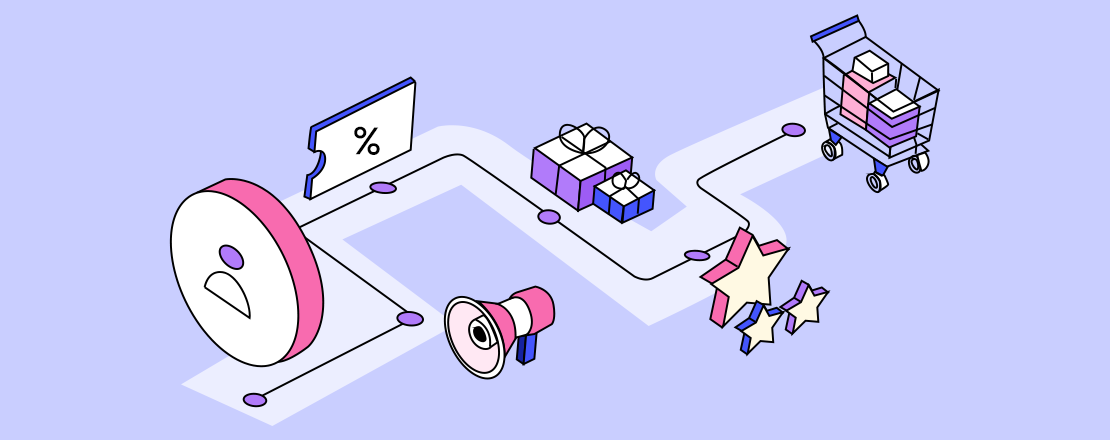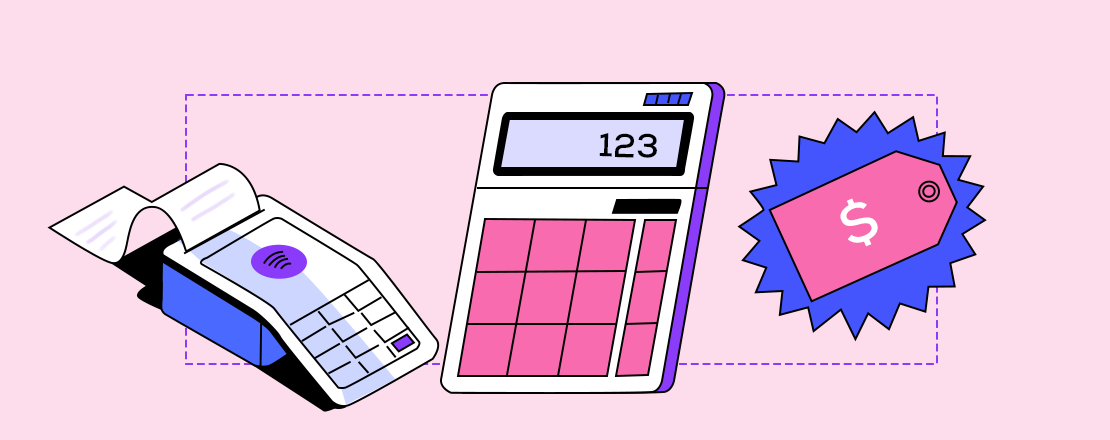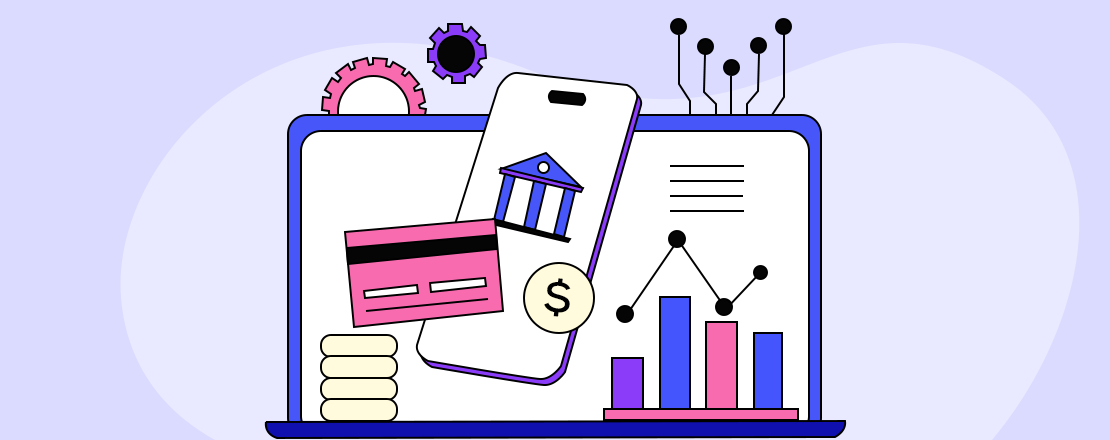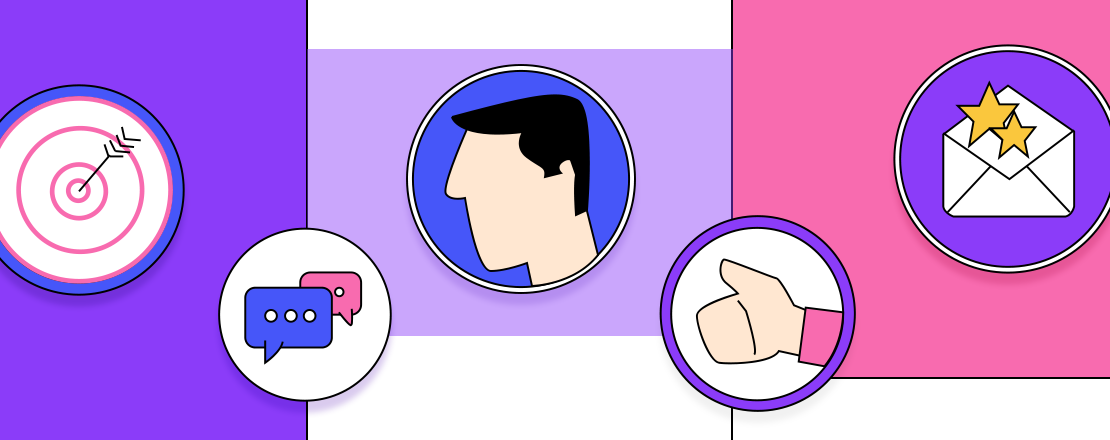We want to trust the companies we buy goods and services from — don’t we? And, customer experience does play a vital role here. Whether we’re shopping in a grocery store, a clothing boutique, or an auto dealership, we tend to be looking for more than price and quality. We want to know what kind of company we are about to do business with. The same need applies to our professional relationships. A business-to-business (B2B) customer, or a company representative buying from another company, tends to come through the door with plenty of questions. Are the prices and policies comfortable? Will the solutions fit my business? How is the service?
Customer Experience Lag for B2B Companies
For businesses whose customers are other businesses, customer satisfaction often falls short compared to companies that sell directly to consumers. According to McKinsey & Company, business-to-consumer (B2C) companies typically see a satisfaction score between 65% and 85%, but B2B companies average satisfaction rates lower than 50%.
Technology’s Role in Raising Expectations
A growing number of business buyers are becoming more aware of this customer experience gap as life gets easier for them as consumers. McKinsey notes that, due to digitization and ever-increasing smartphone usage, a new standard for fast, seamless customer service is taking hold across the board. According to its analysis, “Real-time responsiveness and easy-to-use apps for daily banking chores or ordering groceries are setting a high bar for speed and ease of doing business in B2C industries, and these expectations are migrating to B2B.”
The Complex Challenges B2B Clients Face
Although B2B clients are coming to the table with increased expectations as technology evolves in the B2C space, the reality is that B2B companies face a few key obstacles.
A Focus on Sales Targets
According to a recent study of B2B businesses from Kellogg School of Management at Northwestern University, most B2B companies only measure whether they’re reaching their own sales forecasts or margin targets.
Lack of tools and resources
According to the Kellogg study, most B2B leaders identify customer experience as a top priority but often lack the feedback tools, metrics, and processes to prioritize the customer experience.
Multiple Stakeholders
For the B2B customer, launching a product or service means tending to countless details, including price, quality, logistics, lead time, and service needs as they emerge. It may also mean working in tandem with multiple stakeholders or vendors. Providing a seamless customer experience for each person in the chain of command can be challenging to pull off.
A Chicken-or-Egg Question
Nick Caffentzis, a fellow and adjunct professor in Kellogg’s Markets and Customers Initiative, points out that B2B companies face an important choice. Should they develop products that they believe solve their clients’ problems or work to understand customer issues and then develop supportive products? Caffentzis has found that B2B companies are most successful with the latter approach, noting that customers are less likely to adopt pre-built solutions.
The Need for a Multi-Dimensional Solution
A B2B customer’s range of needs and challenges, as well as multiple stakeholders, creates opportunities for B2B companies that can problem-solve alongside their clients.
Offer Custom B2B Solutions
The Kellogg study evaluated 20 businesses in the medical technology industry about their new business launches. The most successful among them sought to understand their clients’ most urgent needs from day one. When a B2B relationship starts that way, the study found, customers were more likely to commit to a solution, and product designs were more likely to gain consensus among stakeholders.
Invest in Customer Outcomes
Before a customer commits to a solution, agree about what success will look like. Knowing the terms of success will arm your sales team with a strong value proposition to sell and will give the client a critical measuring stick for their work with you.
Invest in Yourself, Too
The Kellogg study notes that B2B companies looking to improve their customer experience may need to:
- More accurately capture customer usage information
- Find a consistent way to collect customer feedback
- Invest in infrastructure improvements
- Change training processes
Start With the End in Mind and Play Your Role
As technology makes it easier to get things done quickly and efficiently, B2B companies that set their sights on improving their customer experience will have a clear advantage.
B2B companies looking to up their customer experience game should start with the end moment in mind. Approach customers with a blank slate, immerse yourself in grasping their challenges, and work to deliver a thoughtful and comprehensive customer experience at each stage of the product development cycle.






